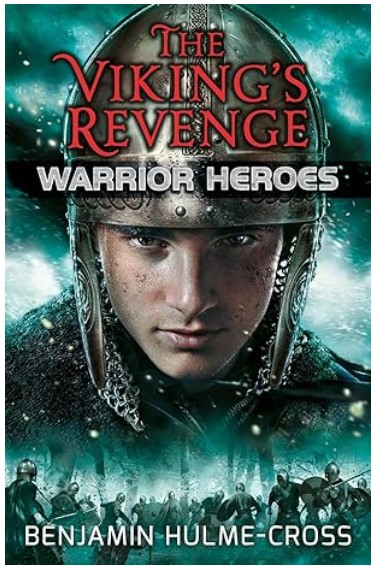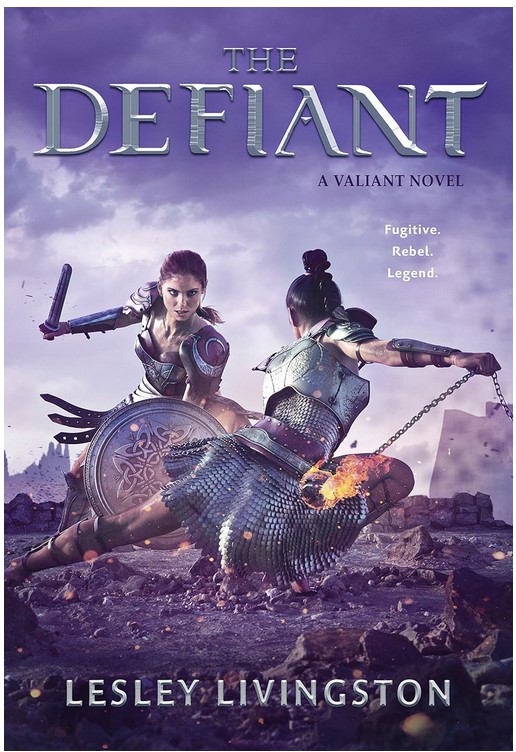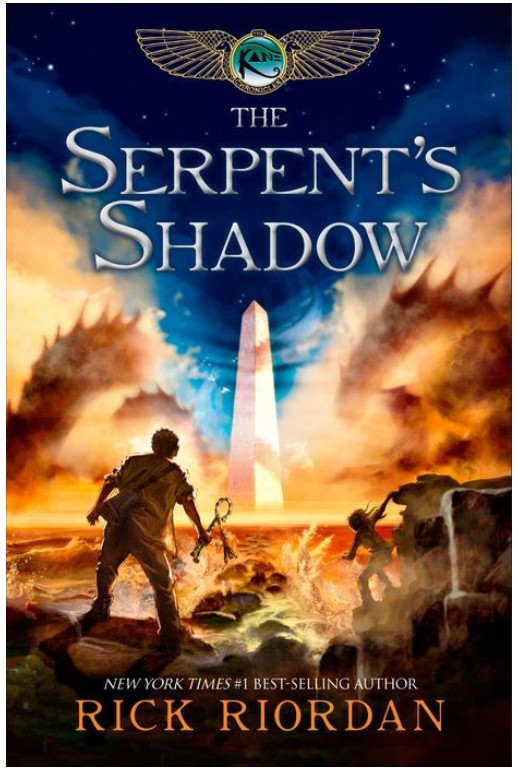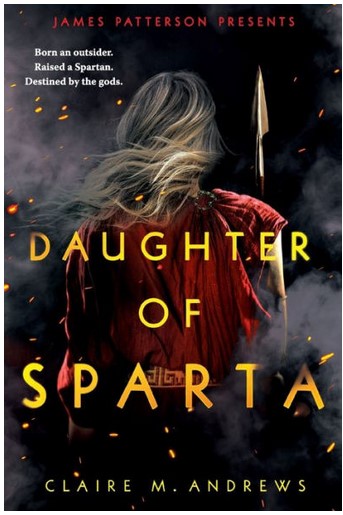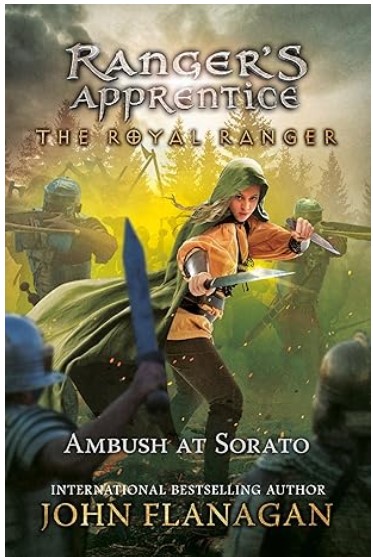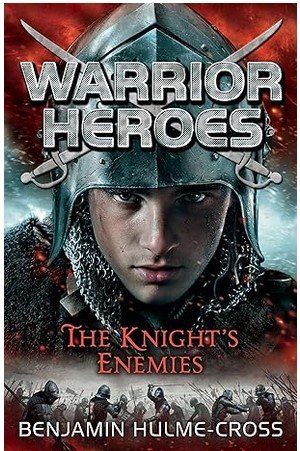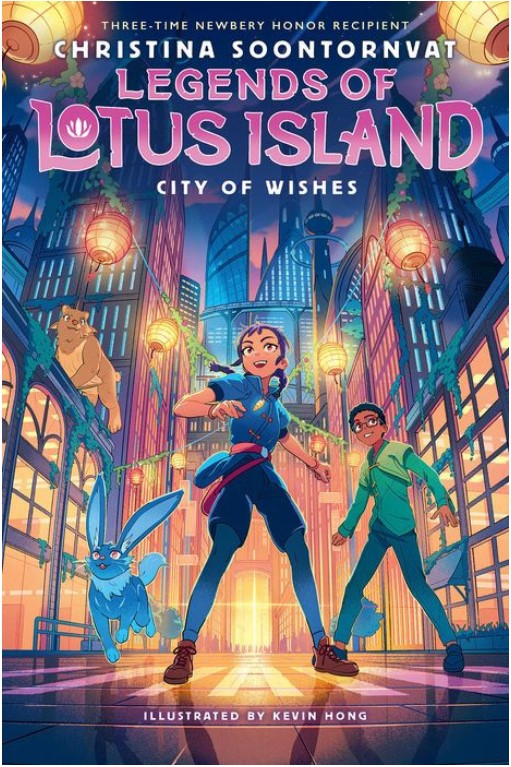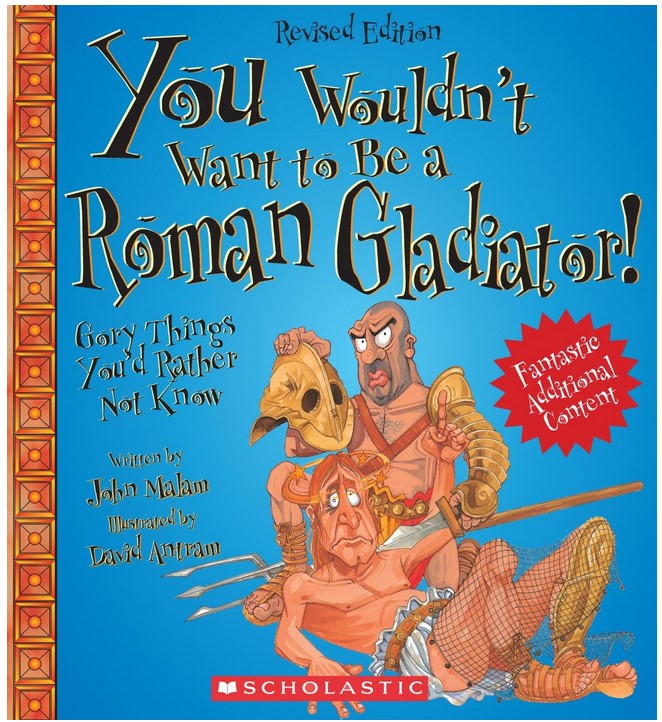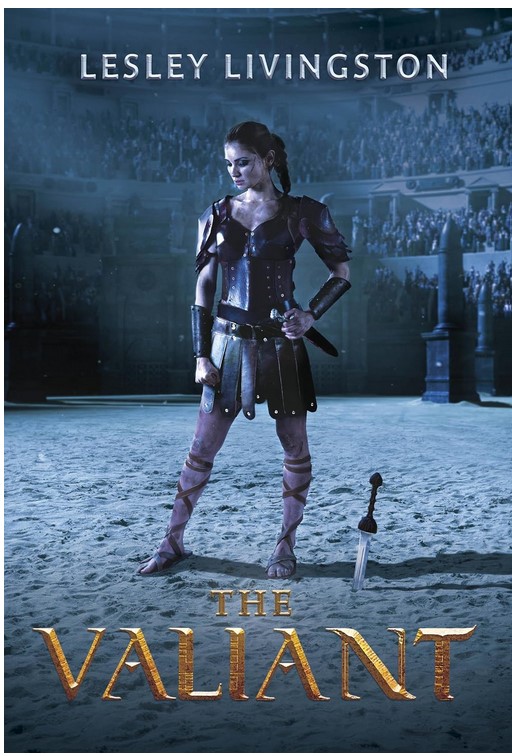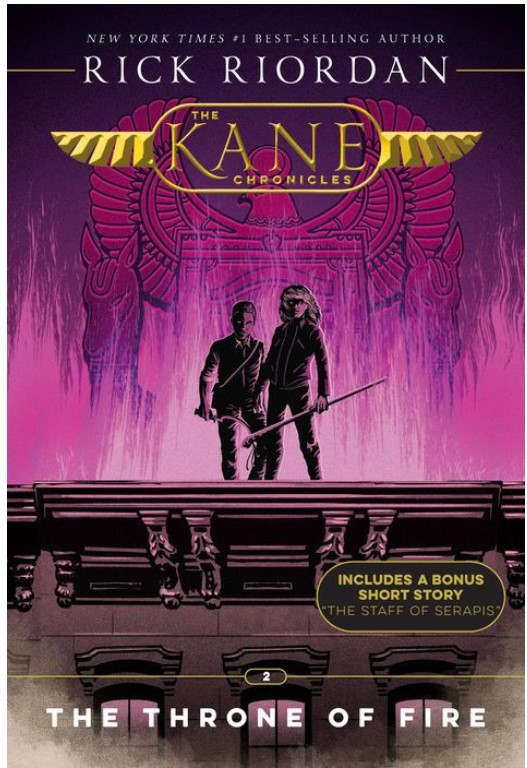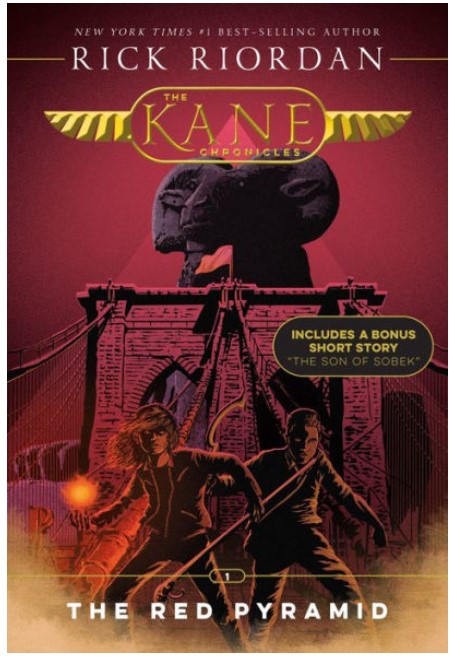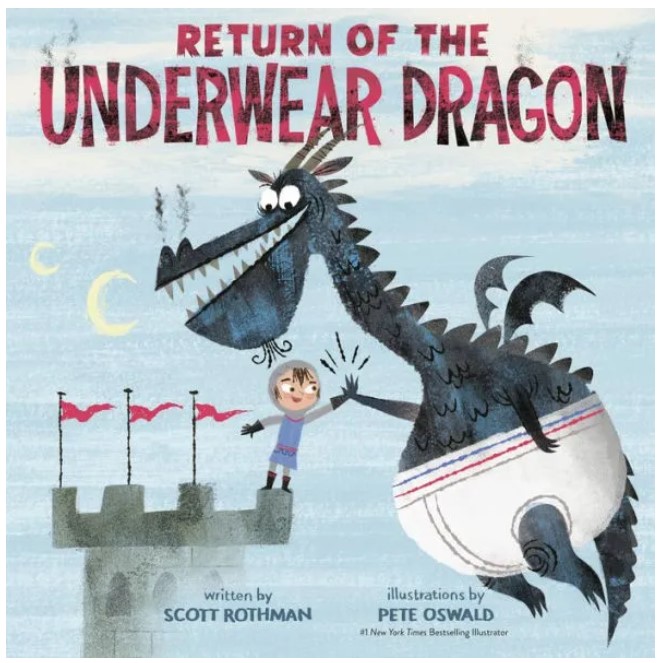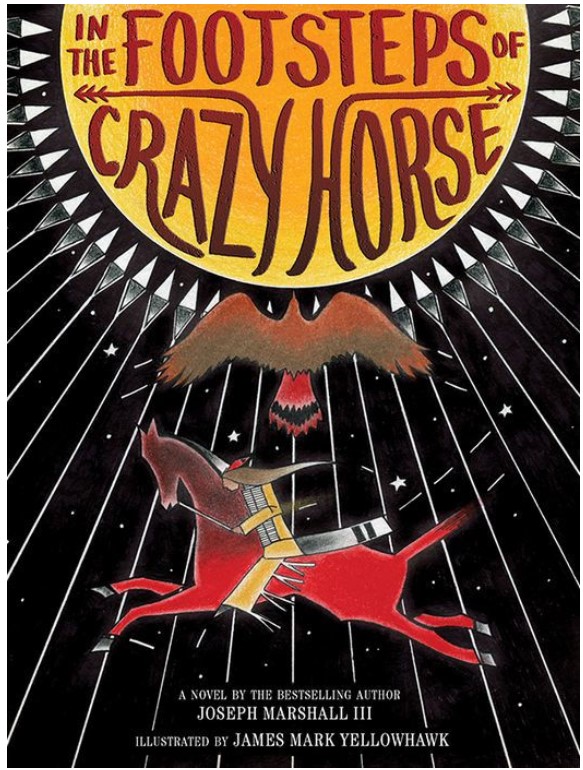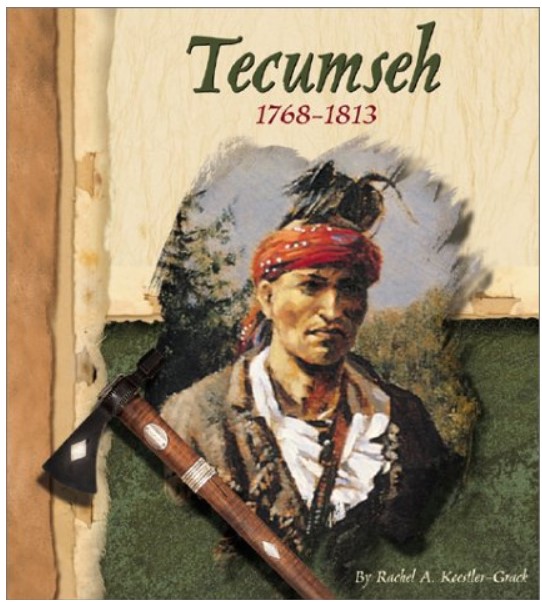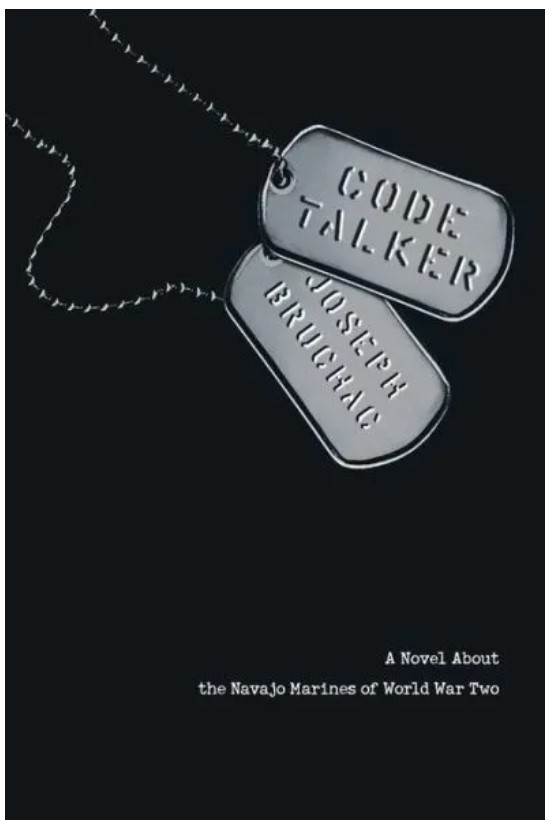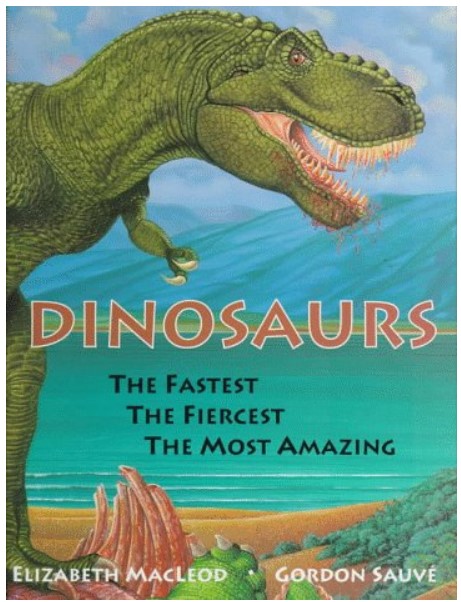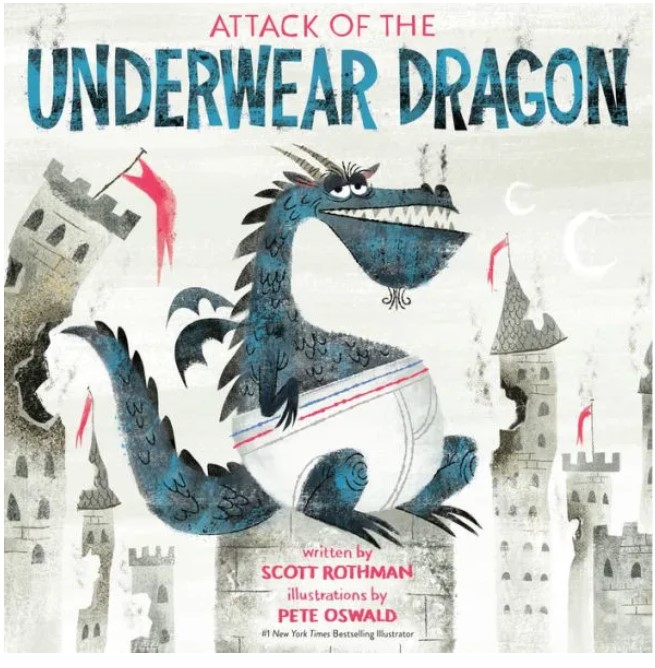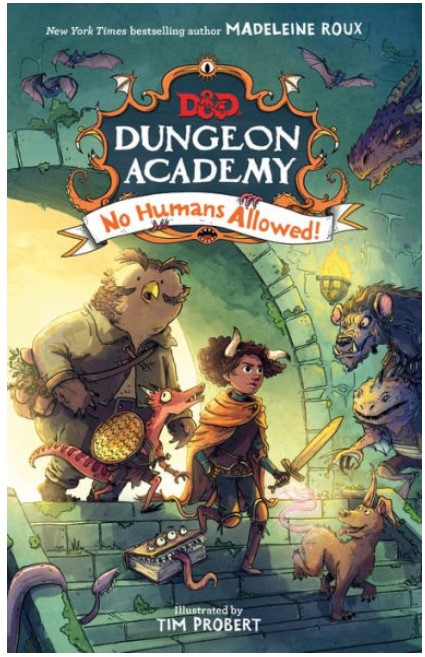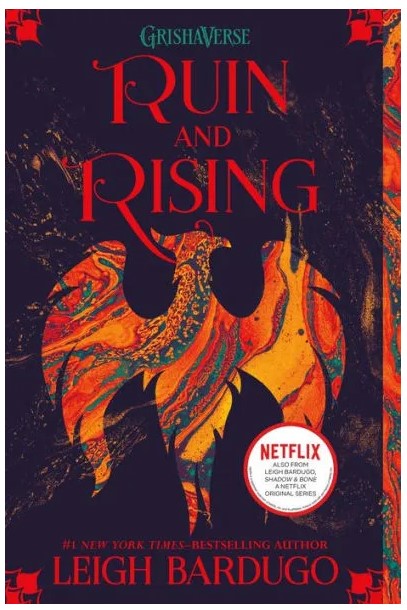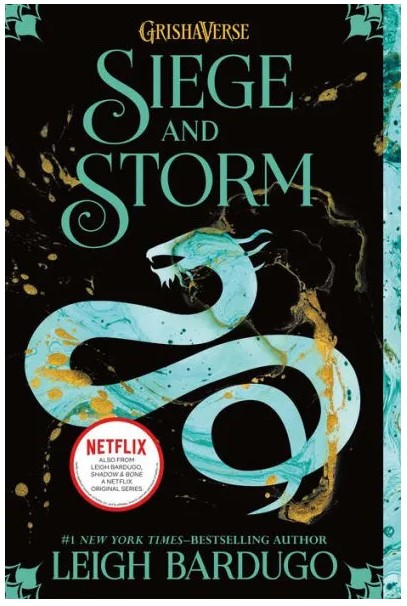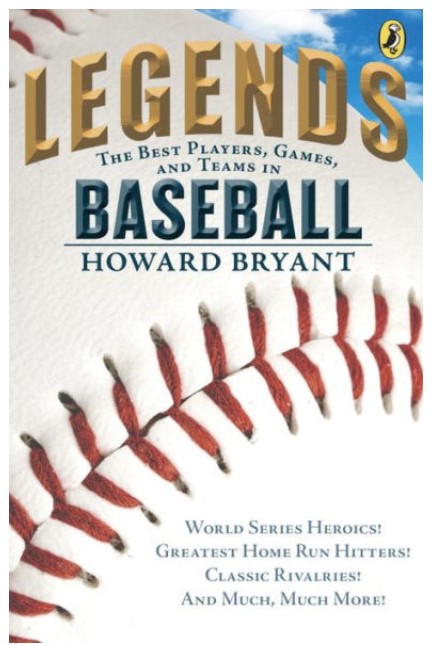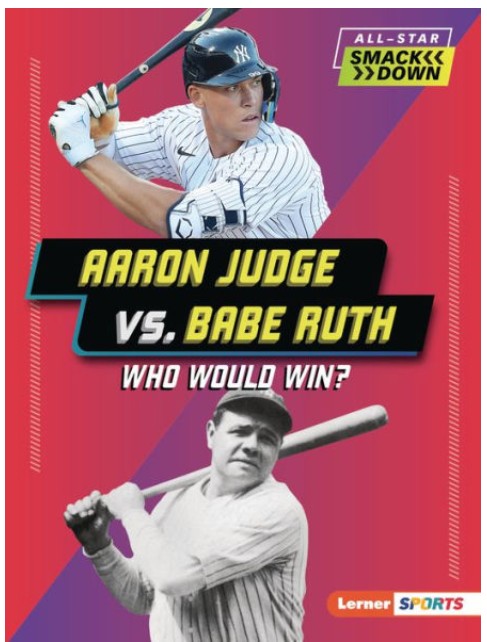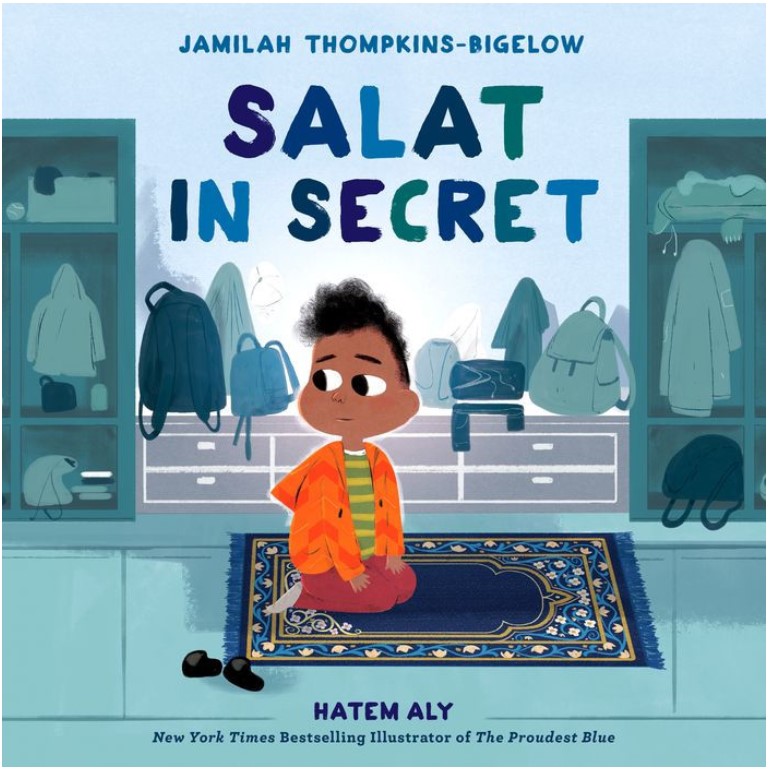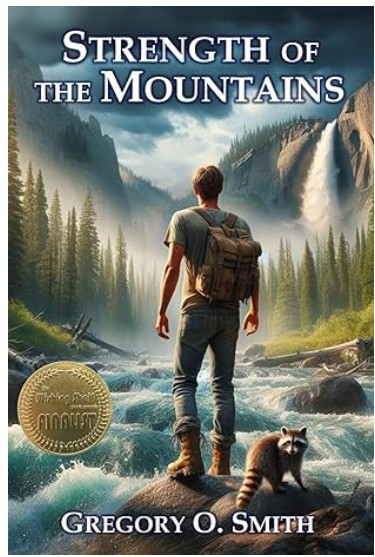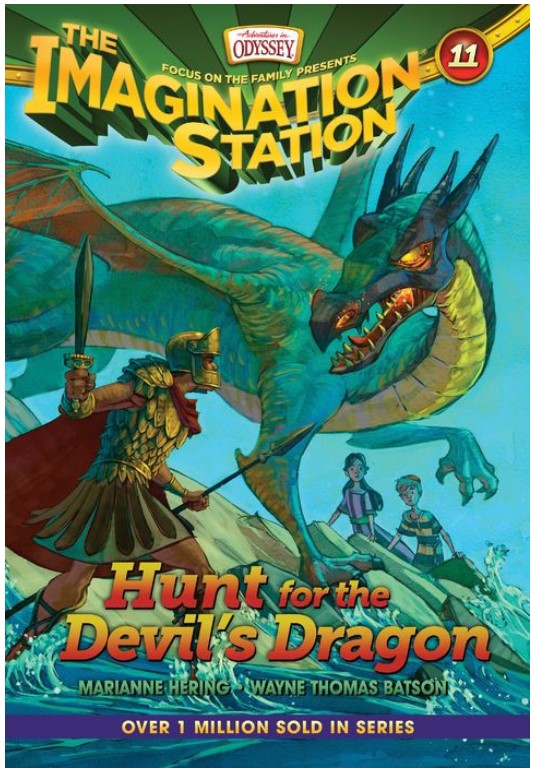Travel back to the days of Vikings with time-traveling brothers Arthur and Finn to retrieve the stolen sword called Blood Hunter and rewrite the past. The two brothers plan to help the Viking leader Hallvard and his village from being killed by raiders. However, Arthur and Finn are accused of being spies. Some of the villagers want to kill the two boys immediately, while Hallvard wants to give the boys a chance to prove themselves. Will the boys escape the grip of the powerful Vikings and succeed in changing the course of history?
Arthur’s impulsive behavior led to his capture twice. Luckily, Finn is an intelligent, quick thinker who pays attention to history and is used to getting Arthur out of difficult situations. The two brothers are forced apart when Viking raiders take Arthur and Hallvard’s son prisoner. Arthur is absent for much of the action, which allows Finn’s loyalty and bravery to shine. Despite the risk, Finn doesn’t hesitate to fearlessly fight with the Vikings. While readers won’t relate to Finn’s dilemma, they will cheer when he frees his brother and helps return Blood Hunter to its rightful owner.
Short sections are interspersed throughout the book, giving more historical information, such as how Viking longships were used, the Vikings’ belief in many gods, the types of Viking weapons, and how raiders and berserkers fought. The detailed information explains the Vikings’ views of crime and punishment. If you stole from someone, “the person you had stolen from had every right to kill you.” The Vikings often trafficked slaves, who they called thralls. “They captured thralls in battles, kidnapped them on raids, or created them by condemning criminals to slavery . . . If you escape and get caught, you’ll be killed instantly.” While historically accurate, the descriptions of battles and death may upset younger readers.
Even though The Viking’s Revenge is part of a series, the books do not have to be read in order because each book focuses on Arthur and Finn going back to a different time period and each book wraps up the storyline.
In The Viking’s Revenge, danger in the first chapter and the non-stop action makes the book impossible to put down. Readers will instantly be drawn into the Viking’s world, where they will learn many interesting facts about the time period. Even though the focus is on Finn, he is surrounded by fascinating characters, including a Viking leader and a slave girl. The combination of diverse characters, fierce battles, and nail-biting danger make The Viking’s Revenge perfect for readers who hunger for adventure.
Sexual Content
- None
Violence
- When Arthur travels back in time, he appears in the woods. Brand, a Viking boy, decides to capture Arthur and turn him into a slave. Brand shoots arrows at Arthur.
- Brand’s friend, Olaf, tries to grab Arthur. Olaf “clenched his fists and pulled his arm back to punch Arthur in the stomach. . . Arthur stepped back, and Olaf staggered forward with the force of the punch. . . Arthur dropped his shoulders and crunched it into Olaf’s chest driving him back.”
- Brand shoots another arrow at Arthur, but it hits Olaf instead. “Olaf screamed in pain and stumbled backwards clutching at the arrow that was now lodged in his arm, spilling blood onto the forest floor.”
- Brand and Arthur begin to circle each other, “and then Arthur felt an explosion of pain in the back of his head. The world tipped over as his head erupted into tiny points of light and his legs gave way from beneath him.” Arthur wakes up locked in a room.
- A warrior’s ghost appears and tells his story. The warrior says, “They came in the night. They killed us and they took Blood Hunter. My sword . . .” The warrior needs help returning Blood Hunter to his family.
- Finn opens the shed that Arthur is locked in. “Without warning, a fist connected with [Finn’s] chin, and he fell to the ground. Somebody jumped on him and grabbed his throat.”
- When the Vikings find Arthur and Finn, some want to kill them, and others want to wait. The boys are tied to a tree. A Viking says, “Well, you have a dangerous night ahead of you boys. You will need Odin’s protection from the bears and wolves tonight. . .”
- In the middle of the night, Viking raiders crept closer to the longhouse. “Two of the men at the back of the group fell to the ground with arrows sticking out of their necks. Finn fired his first arrow and a third raider went down.”
- The Viking leader Hallvard “smashed the edge of a shield into the raider’s face and lunged forward with his sword, burying it in the man and then kicking him backward. . .”
- To save Hallvard, Finn “fired another arrow, and it whistled past Hallvard and into the chest of one of his attackers, who fell to the ground.”
- A raider throws an ax at Finn but misses. As the raider advances, “his body slapped face first into the ground once again just as the raider reached him. . . the huge man tripped and fell directly on top of Finn. . . Just as the raider began to lift his weight off Finn he grunted and collapsed back on top of the boy. Finn felt a warm liquid flowing down his neck.” Two of Hallvard’s men die. The battle is described over five pages.
- Thorfinna, a teenage girl, tells the story of how she became a slave. A man who wanted power, Moldof, murdered one of her kinsmen. “Moldof stabbed the man in the back—it was no honorable fight—it was murder.”
- When Thorfinna’s father sent men to arrest Moldof, “Moldof overpowered them. He bound their hands and feet and tortured them horribly. . . their bodies were unrecognizable.”
- Later that night, Moldof and his men attack Thorfinna’s village. “They killed everyone except for those they could sell as slaves. . . I saw the men kill my father and mother. . .”
- Hallvard takes a group of Vikings, Thorfinna, and Finn, to attack the raider’s village. While looking for movement in the village, Moldof captures Finn. “a cloth was stuffed into Finn’s mouth to gag him, his hands were tied behind his back, and a rope was looped around his waist.”
- Finn is forced to watch the battle in the village. “There were . . . huge warriors slaughtering and being slaughtered. . . Men that Finn did not recognize began to turn and run, pursued by men he did recognize from the ship.”
- When Hallvard sees his son in Moldof’s grasp, he cries out. “As he stood staring up at his son, his axe and shield fell from his hands. His legs crumbled and he fell to his knees. He did not see the injured man beside him bring out the knife. He did not feel it as it slid into his back. . .” Hallvard eventually dies from his wound.
- Finn sees Maldof “grinning insanely as he put his hands around Brand’s neck and lifted him off his feet to dangle over the drop. Brand kicked frantically. . .” Brand is not injured.
- One of Maldof’s men, “Ulf staggered forward and toppled over the edge of the cliff with an axe protruding from his back.”
- Thorfinna surprises Moldof when she attacks him. He drops his sword. “Thorfinna drove her sword into Moldof’s chest and let go. With a look of shock, Moldof fell backwards off the cliff and plunged down to the rocks below.”
- After Hallvard’s men win the battle, “Moldof’s men had either fled or been killed, while several of Hallvard’s men lay dead also.”
Drugs and Alcohol
- During a meal, ale is served.
Language
- Several times, someone is called a coward.
Supernatural
- Arthur and Finn’s grandfather created a museum about warriors throughout history. The museum is haunted, and when the grandfather died, “he started haunting the place too. He felt guilty about the trapped ghost warriors and vowed he would not rest in peace until all the other ghosts were laid to rest first.”
- When one of the ghost warriors touches the boys, “we get transported to the time and place where the ghost lived and died. And we can’t get back until we’ve fixed whatever it is that keeps the ghost from resting in peace.”
- The ghost of a Viking warrior appears, and he “will only be laid to rest when his sword is returned to him or his son. Find the sword, and he will find peace.”
Spiritual Content
- When Arthur hears a noise in the forest, he prays “that he will see Finn.”
- To explain how he knows a raid will happen, Finn tells the Vikings, “Odin is our mater. He shows me things—he showed me your sword, Blood Hunter, and he showed me the raid that is coming.”
- Two and a half pages explain the Vikings’ belief in gods and goddesses, but the passage mainly focuses on Odin, the God of magic, poetry, and war, and his son Thor, the god of thunder.
- After the raiders attack, Hallvard tells Finn, “Odin gave an eye to gain knowledge and see the truth. Maybe if his boy gives an eye he too will see the truth. Call to Odin. Speak to him. Do whatever it is you have to do, and tell me who these men are!” Luckily, someone else recognizes the raider’s leader.
- Hallvard tells someone, “None of us know what the Gods have in store for us.”
- When Hallvard goes to save his son, Hallvard’s wife says, “May Thor give you strength in battle. And may Odin guide you to victory.”
- The Vikings believed anyone who died in battle would “be taken by the Valkyries to feast in Valhalla.”
- After his father is fatally wounded, Hallvard’s son prays, “Odin, hear me! Give me the strength to wield his sword and bring these men victory in his name and yours. Give me the wisdom to lead as he did.”
- Some believed that Viking warriors known as berserkers were “Odin’s own warriors and that he gives them this superhuman strength.”
